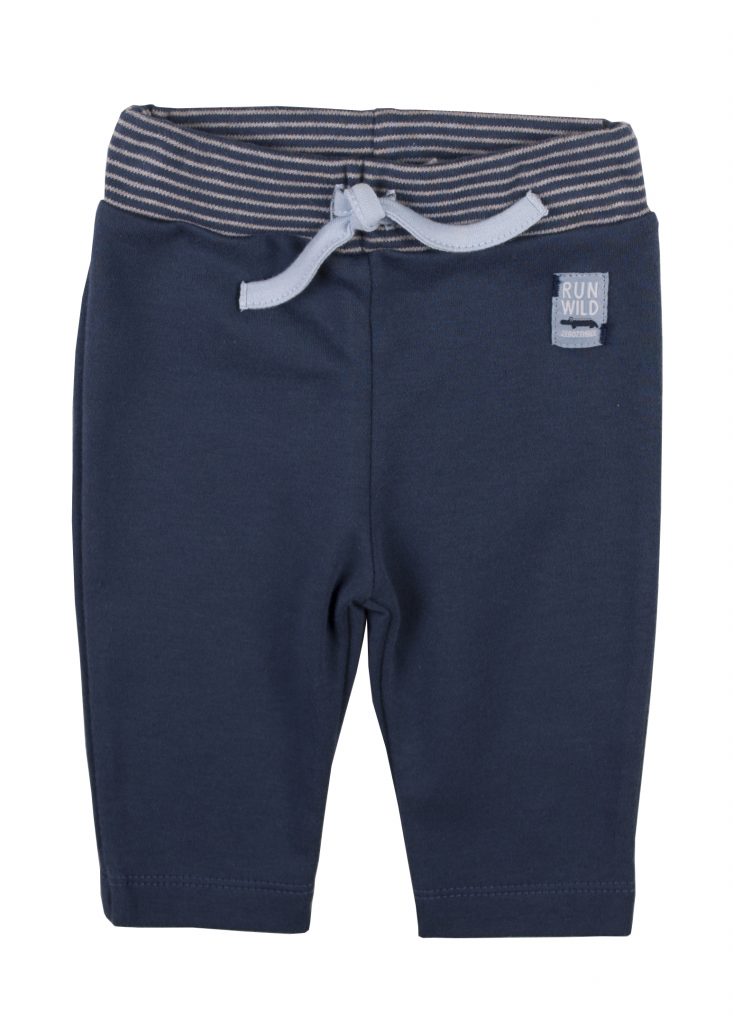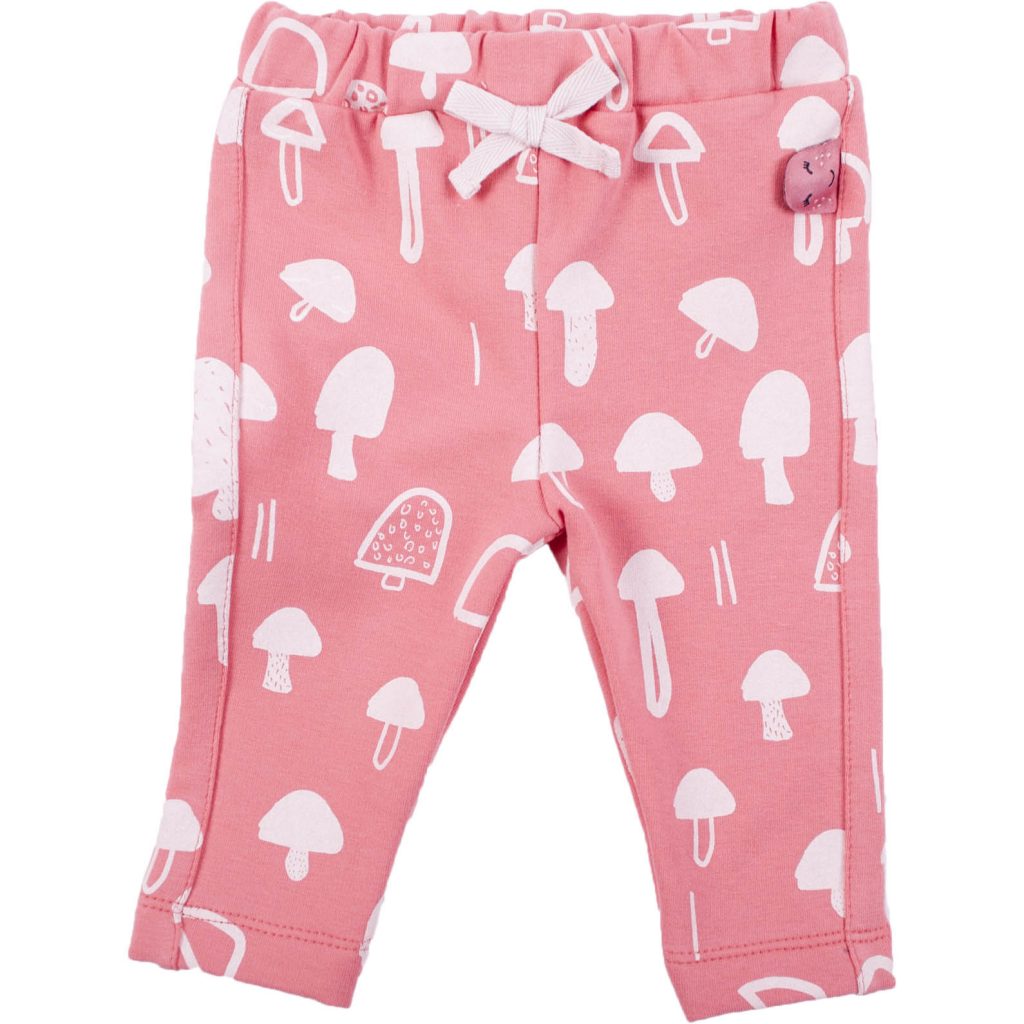
In 1800 Massena's troops entered the town and Jean-Gabriel was entrusted with their supply. The term jeans appears first in 1795, when a Swiss banker by the name Jean-Gabriel Eynard and his brother Jacques went to Genoa and both were soon heading a flourishing commercial concern. In English, the word "dungri" became pronounced as "dungaree". Dungri was exported to England and used for manufacturing of cheap, robust working clothes. ĭungaree was mentioned for the first time in the 17th century, when it was referred to as cheap, coarse thick cotton cloth, often colored blue but sometimes white, worn by impoverished people in what was then a region of Bombay, India a dockside village called Dongri. Genre painting came to prominence in late 16th century, and the non-nobility subject matter in all ten paintings places them among others that portray similar scenes. The fabric would have been Genoese jean, which was cheaper. : 10 The ten paintings depict impoverished scenes with lower-class figures wearing a fabric that looks like denim.
#Code zero pants series
This is seen in a series of genre paintings from around the 17th century attributed to an artist now nicknamed The Master of the Blue Jeans. Copper rivets for reinforcing pockets are a characteristic feature of blue jeans.īy the 17th century, jean was a crucial textile for working-class people in Northern Italy. It was replaced by indigo synthesis methods developed in Germany. Nearly all indigo, needed for dyeing, came from indigo bush plantations in India until the late 19th century. : 23 In 1576, a quantity of "jean fustians" arrived into the port of Barnstaple on a vessel from Bristol. Nîmes's "denim" was coarser, considered higher quality, and was used "for over garments such as smocks or overalls". The Genoese navy equipped its sailors with jeans, as they needed a fabric that could be worn wet or dry. Genoa's jean fabric was a fustian textile of "medium quality and of reasonable cost", very similar to cotton corduroy for which Genoa was famous, and was "used for work clothes in general".


In Nîmes, weavers tried to reproduce jean fabric but instead developed a similar twill fabric that became known as denim, " de Nîmes", meaning "from Nîmes". Gênes, the French word for Genoa, may be the origin of the word " jeans". Research on the trade of jean fabric shows that it emerged in the cities of Genoa, Italy, and Nîmes, France. Palazzo Spinola di Pellicceria, Genoa, Italy. History Fabric A traditional women's Genoese dress in "blue jeans" (1890s). Historic brands include Levi's, Lee, and Wrangler. Nowadays, they are one of the most popular types of specialty trousers in Western culture. From the 1960s onwards, jeans became common among various youth subcultures and subsequently young members of the general population. Originally designed for miners, modern jeans were popularized as casual wear by Marlon Brando and James Dean in their 1950s films, particularly The Wild One and Rebel Without a Cause, leading to the fabric becoming a symbol of rebellion among teenagers, especially members of the greaser subculture. Jean cloth can be entirely cotton as well, similar to denim. "Jean" also references a (historic) type of sturdy cloth commonly made with a cotton warp and wool weft (also known as "Virginia cloth"). Prior to the patent, the term "blue jeans" had been long in use for various garments (including trousers, overalls, and coats), constructed from blue-colored denim.

Davis in 1871 and patented by Davis and Levi Strauss on May 20, 1873. Often the term "jeans" refers to a particular style of trousers, called "blue jeans", with copper-riveted pockets which were invented by Jacob W. Jeans are a type of pants or trousers made from denim or dungaree cloth. For other uses, see Blue Jeans (disambiguation) and Jeans (disambiguation).Ī pair of jeans Microscopic image of faded fabric


 0 kommentar(er)
0 kommentar(er)
